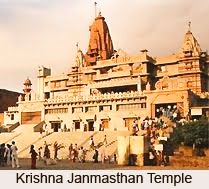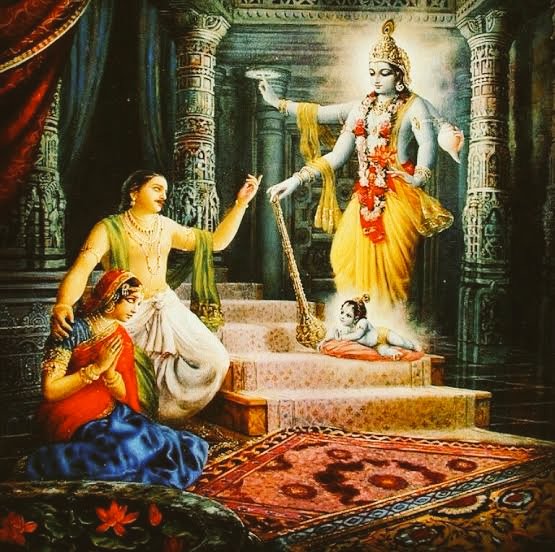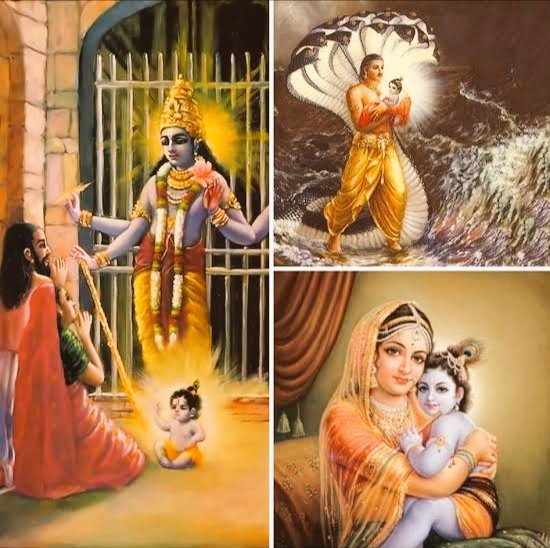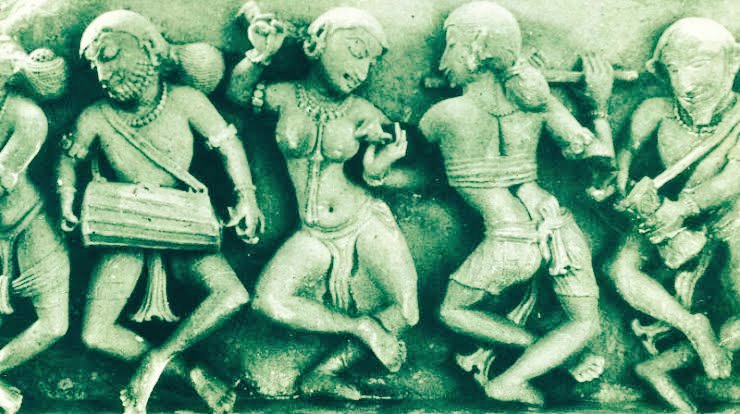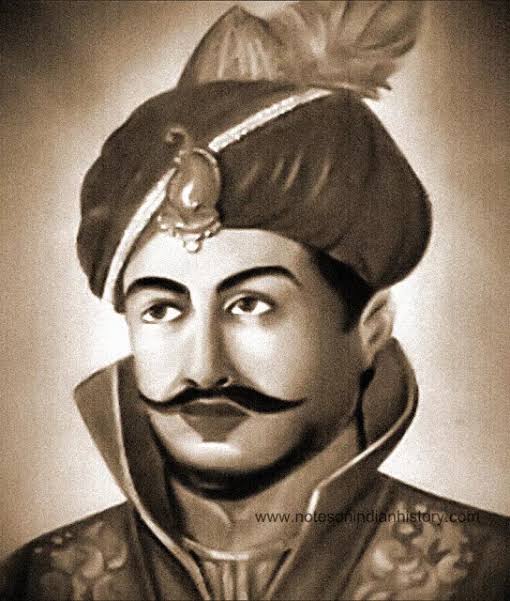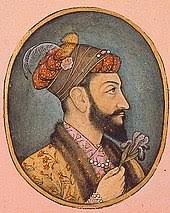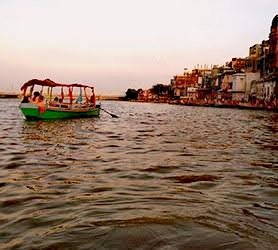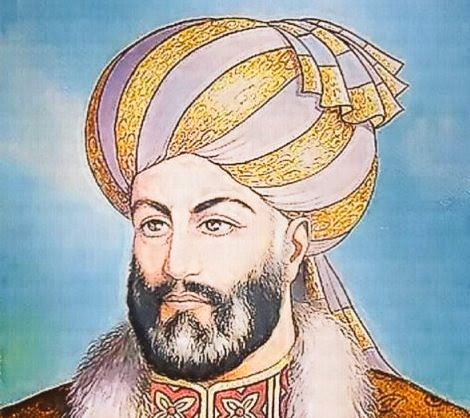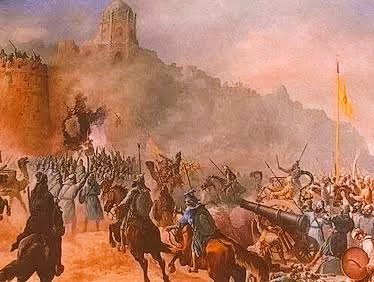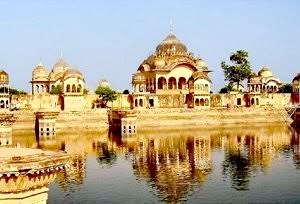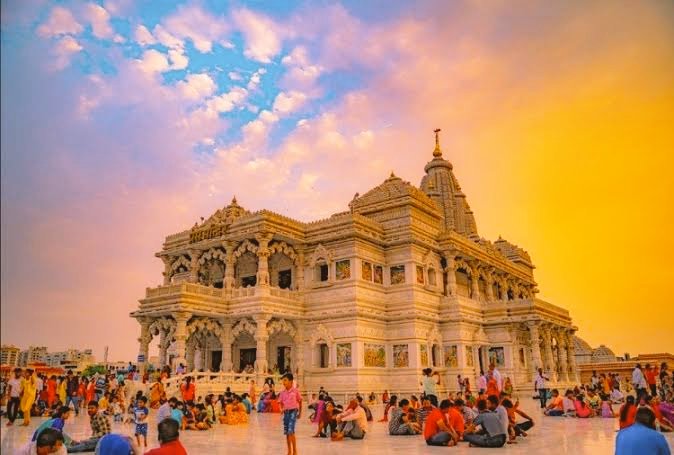#ShriKrishnaJanmabhoomi
#Mathura
A petition has been filed by Krishna devotees in the court of Civil Judge Senior Division Chhaya Sharma, Mathura dist, seeking removal of Shahi Idgah mosque near the birthplace of #LordKrishna in Mathura.
It& #39;s imp to know the history of Mathura.
#Mathura
A petition has been filed by Krishna devotees in the court of Civil Judge Senior Division Chhaya Sharma, Mathura dist, seeking removal of Shahi Idgah mosque near the birthplace of #LordKrishna in Mathura.
It& #39;s imp to know the history of Mathura.
Mathura is one of the seven holiest cities of Hindus. The other are Ujjain, Haridwar, Kashi, Kanchi, Puri and Dwaraka. It& #39;s the birthplace of Lord Krishna, born in Yadu dynasty. Located at the centre of Braj or Brij-Bhoomi, it is also called #ShriKrishnaJanmabhoomi
It has been chosen as one of the heritage cities under the Heritage City Development and Augmentation scheme of Govt of India.
Mathura was ruled in turns by the kings of Solar and Lunar dynasties. It is also given the name as “The Athens of India”.
Mathura was ruled in turns by the kings of Solar and Lunar dynasties. It is also given the name as “The Athens of India”.
The city is full of stories and tales, revolving round Lord Krishna. To view the entire lifecycle of Lord Krishna, one needs to know about Mathura. It dates back to medieval period when Lord Krishna took birth at this place in a jail.
He was carried to this holy place by his father Vasudev, in order to save him from his maternal uncle Kansa, who was a tyrant. He was nurtured by Yashoda in Mathura. He spent his childhood here and became a youth and finally killed Kansa.
Mathura has contributed a lot towards Indian culture and its rich heritage. During the ancient period, it was a known economic hub which was located at the junction of important caravan routes. The Great Mathura school of Arts flourished for 1200 Years.
In 3rd century, B.C., Mathura went into the hands of Mauryan Kings and was a popular trading center. After the Mauryan rule came into an end, the rule of Hindu kings started. The troubles of Mathura began with the Muslim invasions.
The Muslim invaders found a great opportunity in the gold laden temples of India to amass wealth and discredit the native religions.
The first to invade the city was Mahmud Ghazni in 1015 AD. His army plundered the city and burnt the temples.
The first to invade the city was Mahmud Ghazni in 1015 AD. His army plundered the city and burnt the temples.
A white temple of magnificent height was built in 12th century AD, in honor of Lord Vishnu at the site of Krishna& #39;s birth place. It was destroyed by Sikander Lodi 300yrs later. He ruled the Sultanate of Delhi from 1489 - 1517 CE & was tagged as the ‘Destroyer of Hindu deities’.
Aurangzeb of the Mughal dynasty, a barbarian, ordered for the destruction of several Hindu temples at Mathura and Varanasi. In the 13th year of his reign, under his direct orders in the month of Ramazaan, the famous temple of Dehra Kesava Deo was razed to the ground.
In its place his provincial Governor laid foundation for the building of a big mosque which still stands today. His generals carried the temple deity to Agra, where it was broken into pieces and placed under the steps leading to the Nawab Begum& #39;s Mosque.
Aurangzeb built the Shahi-Eidgah Mosque during his rule, which is adjacent to Shri Krishna Janmabhoomi, built over a Hindu temple. After his death, Rajput rulers asserted their independence in several parts of northern India including Braj and restored normalcy in the region.
Mathura again witnessed another wave of destruction during the invasion of Ahmad Shah Abdali in 1747 AD. He led several expeditions into India. In 1757 he invaded India for the fourth time and plundered Mathura, Vrindavan and several other cities.
He offered a reward of five rupees to his soldiers for every Hindu massacred and raised mountains of slaughtered bodies. After accomplishing his mission, he returned to his country with a rich booty and many thousands of captives. In 1804, control of the city went to the British.
Mathura regained its glory as educated Hindus began taking active interest in social and religious reforms of the country. Swami Dayananda Saraswathi founded Arya Samaj and attempted to revive ancient vedic traditions.
Mathura and Vrindavan witnessed the emergence of many new temples, including a new temple at the birth place of Krishna adjoining the mosque that was raised during the reign of Aurganzeb.
Mathura is a popular pilgrim center, a heaven for the pilgrims who travel in search of sanctity and divinity. One of the places nearby is Vrindavan. There are hundreds of shrines, numerous Ghats, sacred tanks, some of which are Brahma Kund, Govinda Kund...
Barsana being the birth place of Radha is another famous place for pilgrimage near Mathura. To the north-east of Mathura lies the Nandgaon. A large number of festivals and fairs are held in Mathura. Raasleelas of Mathura have become an integral part of Indian Folklore.

 Read on Twitter
Read on Twitter
